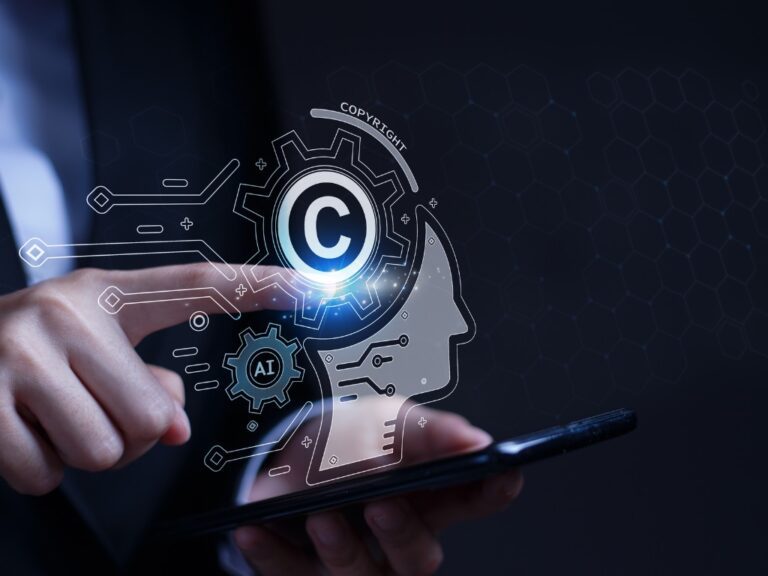GenAI Patents Are Getting Tougher to Secure—Here’s How Legal Departments Can Boost Their Chances
By Michael R. Anderson
January 31, 2025

Michael R. Anderson is a patent attorney in Marshall Gerstein’s Electrical & Computer Technologies Group. He takes a holistic approach to portfolio management and intellectual property strategy development, drafts opinions on invalidity and non-infringement issues, and advises on post-grant review proceedings. He can be reached at manderson@marshallip.com.
Published in Today's General Counsel, March/April 2025
Exploding interest in artificial intelligence has sparked a wave of innovation, leading companies to develop a host of new products and technologies. Some 300 distinct GenAI patent families have been filed since the start of 2018, according to the U.S. Patent & Trademark Office’s patent application database. This surge in applications means it will likely become more difficult to obtain new GenAI patents going forward.
One main reason that it could become more challenging to obtain a patent is that the growing number of filings gives examiners more prior art to reference when evaluating anticipation and obviousness. As they become more familiar with the technology, we will probably see more – and tougher – rejections related to subject matter eligibility.
Legal departments should consider how the increasing challenges of patenting GenAI inventions might shape their approach to preparing patent applications. This is a crucial point because once a non-provisional application is filed, the applicant is locked into the material it contains.
Here are three actionable pieces of advice to keep in mind when filing AI patents:
- Legal teams should prioritize applications with highly detailed, specific descriptions that start with narrower claim scopes or include fallback positions right from the beginning. This is important because the field of GenAI is getting more crowded and the “low-hanging fruit” of simpler inventions is already claimed.
- Applications should focus on details that explain how an underlying system operates or is structured. These descriptions tend to carry more weight during prosecution than simply describing results, the nature of the training data, or the input data. By emphasizing this level of detail, your department can better navigate the tougher patent landscape ahead. For instance, details describing how a new Gen-AI system improves on existing computer technology or how existing models process or pre-process input data are the most useful for overcoming prior art and subject matter eligibility rejections.
- If time is of the essence, consider the USPTO’s provisional patent application filing process. Given the fast pace of GenAI developments, assembling all the necessary details at the desired filling time can be challenging. Applicants can add new information and product developments for up to a year when filing non-provisional or PCT (for international) applications. Even though the newly disclosed elements will likely have a different date for prior art purposes, this filing process lets applicants set an earlier date for at least a portion of the invention. Many patent applicants miss out on this process’s benefits by skipping a provisional application or converting it to a non-provisional one with little to no substantive updates.
In conclusion, as obtaining GenAI patents becomes more complex for legal departments, future applicants and inventors should provide more details in their patent applications and narrow their claim scope to increase the probability of obtaining an allowed patent.
Must read intelligence for general counsel
Subscribe to the Daily Updates newsletter to be at the forefront of best practices and the latest legal news.
Daily Updates
Sign up for our free daily newsletter for the latest news and business legal developments.




